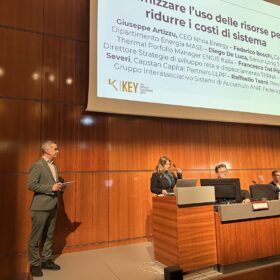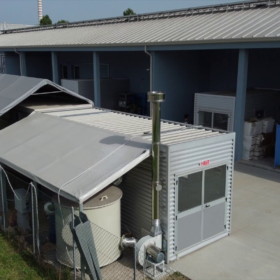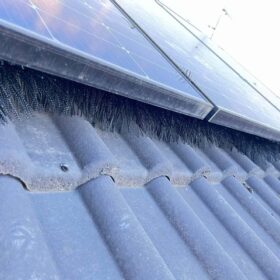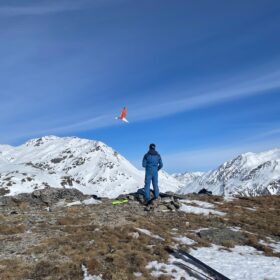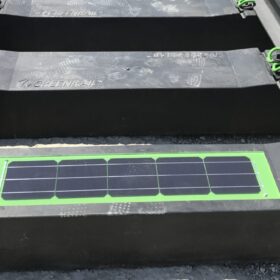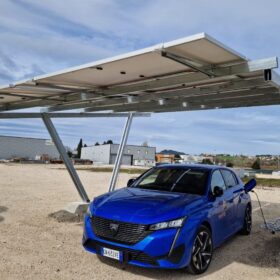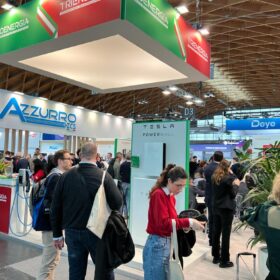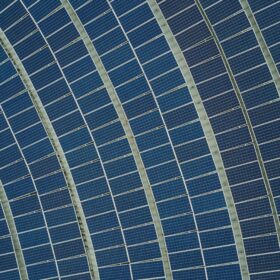Key takeaways from Italy’s KEY trade show
This year’s KEY – The Energy Transition Expo, Europe’s second-largest solar trade show, highlighted the rapid growth of Italy’s PV market and its expanding international reach.
Italian startup develops thermo-mechanical PV panel recycling process
Venice-based 9-tech has developed a thermomechanical process to recycle end-of-life PV panels, with early results showing an 87% recovery yield of materials such as silicon, copper, and silver.
Italian startup offers new bird-protection solution for rooftop PV
Italy-based Italgam has developed a new technology to prevent pigeons from nesting under rooftop solar panels. The EVO 2.0 solution uses brushes that fit between the backside of the panels and the roof.
Next2Sun bets on Italy for market expansion
Despite difficulties in France, Next2Sun still sees growth opportunities in Europe, starting with Italy. The German agrivoltaics supplier tells pv magazine that it is also increasingly active in Japan.
Fimer launches sale proceedings under extraordinary administration
Fimer has launched a process to sell itself to new owners. Interested investors have until Aug. 31 to submit offers.
Drones used to plan mountain solar park in Switzerland
The SLF research institute recently completed a survey on the Bernina Pass commissioned by a PV system design company that wants to build a solar park there. Measuring snow with drones makes it possible to identify the most suitable terrain and just a few meters to the left or right can makes a difference.
Italian startup testing PV sleepers on railway line
Greenrail Group has started deploying special its PV railroad-tie solution along a railway line in Emilia Romagna, Italy. The company designed the system according to the UNI 10349 standard.
Italian municipality offers free EV recharging via off-grid PV shade
The municipality of Falconara Marittima, Italy, has installed a free off-grid photovoltaic shade for electric vehicle charging at no cost to users. The system has a capacity of 7 kW and includes a 10 kWh battery.
Italy’s KEY trade show now Europe’s second-largest PV event
Italy’s most important event for renewable energy took place last week in Rimini with a 41% increase in visitors and about 30% growth in the number of participating brands. This reflects the sustained growth of the Italian PV sector and also underscores the expansion of the trade show, which is now Europe’s second-largest PV event after Germany’s SmarterE – Intersolar.
EU Commission approves €5.7 billion Italian scheme for energy communities
The European Commission said last week it has greenlighted a €5.7 billion ($6.24 billion) scheme for Italy to develop renewable energy communities up to 1 MW in size.
